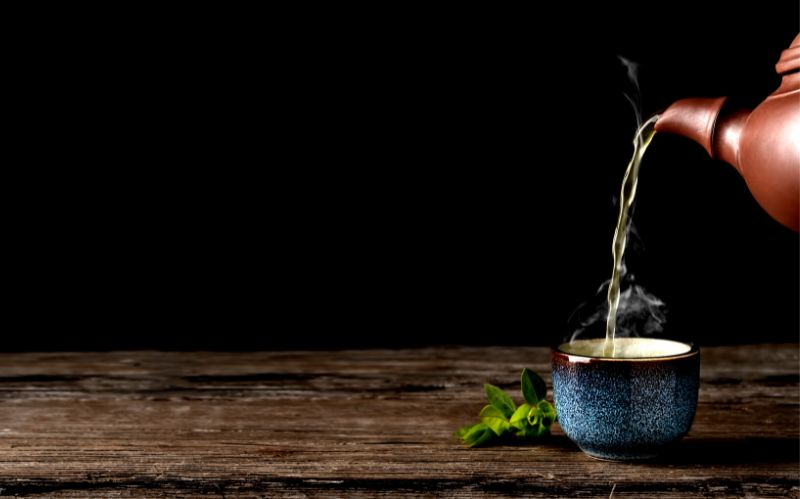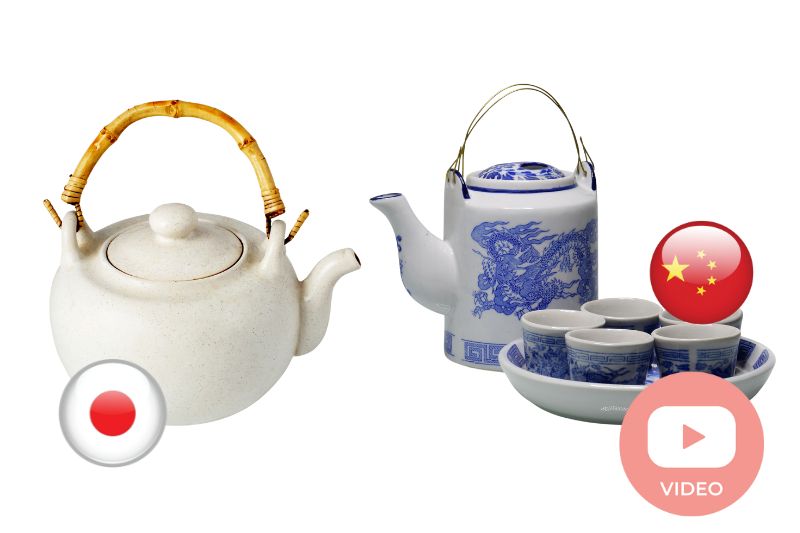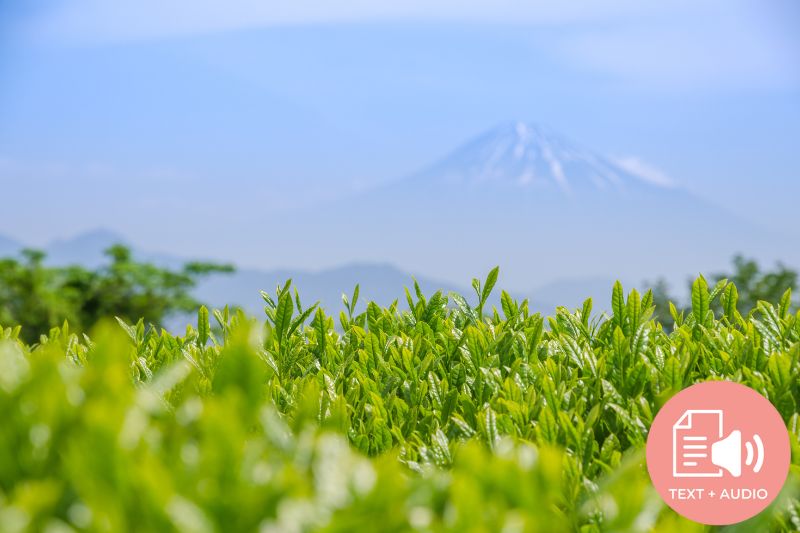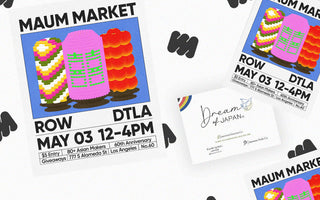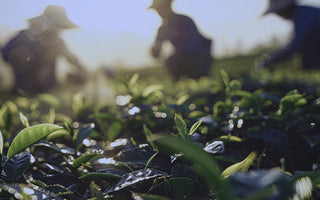What makes Japanese Sencha Green Tea different from English Breakfast Tea? There are so many different types of tea out there. What are the differences? Sencha, Matcha, Oolong Cha, Black Tea, Red Tea, Yellow Tea... Are they all the same?
Video Summary
What makes Japanse Sencha Green Tea different from English Breakfast Tea? There are so many different types of tea out there. What are the differences? Sencha, Matcha, Oolong Cha, Black Tea, Red Tea, Yellow Tea... Are they all the same?
Listen on Spotify (On the go)
Subscribe to Green Tea Podcast on your favorite platform:
Apple | Google | Spotify | Sticher | Tunein | Radio Public | Overcast | Castbox | Pocket Cast | RSS | Amazon Music
Video Transcript
Click here to view the transcript in Japanese (日本語)
ChaCha:
I’ve heard that tea is good for me, but so many different types are there. Can someone teach me the difference?
Kei:
Hi ChaCha
I'm Kei. Let me teach you the difference.
ChaCha:
Hi Mr. Kei. Thank you!
I heard Sencha, Matcha, Oolong Tea, Black Tea, Red Tea, Yellow Tea, Blue Tea, Pink Tea!!
Kei:
OK, OK. Not sure about the pink tea, but
let me explain one by one.
ChaCha:
Can you explain all of them at once?
Can you?
Kei:
Let me try.
All the tea out there is the same.
ChaCha:
Sencha, Matcha, Oolong...
Kei:
Yes, yes, yes. Not sure about the pink tea, but all come from the same species called Camellia Sinensis.
ChaCha:
Camellia Sinensis?
Kei:
Yes. Camellia sinensis is a type of tree in which the leaves are used to produce tea.
It is also called “tea plant” or “tea shrub”.
No matter if it is English tea or Chinese tea or Japanese tea, all are coming from the same plant.
ChaCha:
No Way!
English Breakfast Tea is different from Sencha Green Tea. I know that much.
Kei:
What makes the difference is what happens after the tea is harvested.
ChaCha:
No Way!
Kei:
The main difference between Black Tea and Green Tea is if the tea is oxidized or not.
ChaCha:
Oxidized?
Kei:
Oxidation is when food is exposed to the air and changes its chemistry.
When you cut an apple and leave it on a table, the apple turns brown, right?
That is apple being oxidized.
Green Tea is a type of tea that is not oxidized and Black Tea is a type of tea that is oxidized.
This oxidation is the reason black tea tastes sweeter and less bitter than green tea in general.
ChaCha:
So if I cut green tea and leave it on the table for a few hours it becomes black tea?
Kei:
Not really.
Green Tea is heated after harvesting to stop oxidation, so the tea no longer oxidizes.
Apple Pie’s apple doesn’t turn brown because it is heated and does not oxidize any more.
ChaCha:
Is Pink Tea Oxidized?
Kei:
I’m not sure about the Pink Tea...

Watch More ChaCha's GreenTea Room Videos
Click to Subscribe to my YouTube Channel
Get Free Bonus Books

Sign up for free to the Green Tea Club to get advice and exclusive articles about how to choose Japanese Tea, and tips, tricks, and recipes for enjoying Japanese tea.
About the author
Kei Nishida
Author, CEO Dream of Japan
Certification: PMP, BS in Computer Science
Education: Western Washington University
Kei Nishida is a passionate Japanese green tea connoisseur, writer, and the founder and CEO of Japanese Green Tea Co., a Dream of Japan Company.
Driven by a deep desire to share the rich flavors of his homeland, he established the only company that sources premium tea grown in nutrient-rich sugarcane soil—earning multiple Global Tea Champion awards.
Expanding his mission of introducing Japan’s finest to the world, Kei pioneered the launch of the first-ever Sumiyaki charcoal-roasted coffee through Japanese Coffee Co. He also brought the artistry of traditional Japanese craftsmanship to the global market by making katana-style handmade knives—crafted by a renowned katana maker—available outside Japan for the first time through Japanese Knife Co.
Kei’s journey continues as he uncovers and shares Japan’s hidden treasures with the world.
Learn more about Kei











